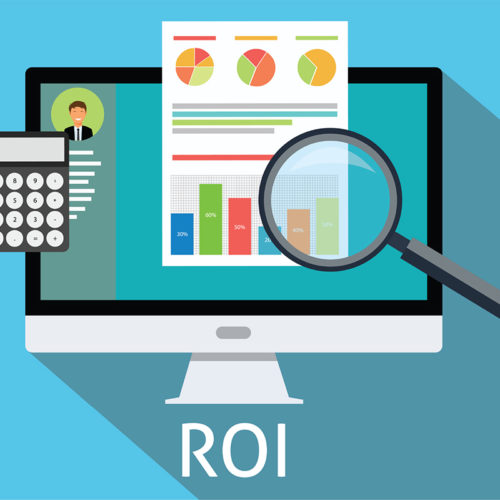Small business owners never run short of opportunities to spend money on their small businesses. However, there is one thing that never changes regardless of whether they are just start-ups or already established businesses – proving return on investment (ROI).
Simply put, ROI measures the nature of returns on money invested into the business. The measurement can be on a specific marketing campaign, the quality of output generated by employees or just about anything invested into the business with a view to generating more customers and sales. ROI gives you an overview of the success of investments made into your business. It helps you understand where to increase your efforts and the areas where you can reduce spending. If you have a high ROI, it means your investment in your business is successful and is paying ‘dividends’!
How to calculate your business ROI
Calculating the ROI of expenditure made in your business is not difficult. For example, if your business earned an annual net profit of $120,000 and the total assets of your business is $80,000. Your ROI ratio is 1.33. You can calculate this with the aid of online calculators, such as this one.
If you are looking to value your business, you could divide your net profit by your expected ROI (for example, 50 %). In this case, if your business is earning $150,000 annually with a 50% ROI, it would be valued at $300,000.
How to calculate your marketing ROI
If you are running a sales or marketing campaign, then marketing ROI is what is used to measure the revenue to cost ratio (subtracting the marketing investment from incremental revenue driven by a campaign). This is normally expressed as a percentage; so you’ll need to multiply your result by 100. For example, if you spent $100 on Google AdWords to generate $2,200 in sales, then return on investment for this Adwords campaign is 2,100%.
How to improve your business ROI
The strategy to use in improving your return on business investments include striving to increase your sales revenue by identifying new markets, up-selling more products to already existing customers, considering price discounts, improving customer service and promotions.
For instance, if your business is selling plumbing accessories, you could introduce your customers to an alternative more-expensive tapware. Or if you own a hairdressing business, you can up-sell treatments and accessories to your customers. One of the easiest ways of increasing your business sales is gaining extra sales from your existing customers.
You can also enhance the profitability of your business by reducing supplier costs, decreasing inventory, cutting costs, minimizing waste, saving energy and benchmarking your business costs such as utilities to similar business and rent. ATO has a benchmarking guide across more than 100 industries here.
Proving your ROI can make a huge difference any time you plan to value your business or when you are deciding where to invest your budgets. It is critical importance to always prove your ROI to know where you stand with your business.
If you’re looking to get your business set-up with some of the small business tech basics and want a quick and simple loan solution to get you started, talk to Unsecured Finance Australia about how we can help you meet your business finance needs


